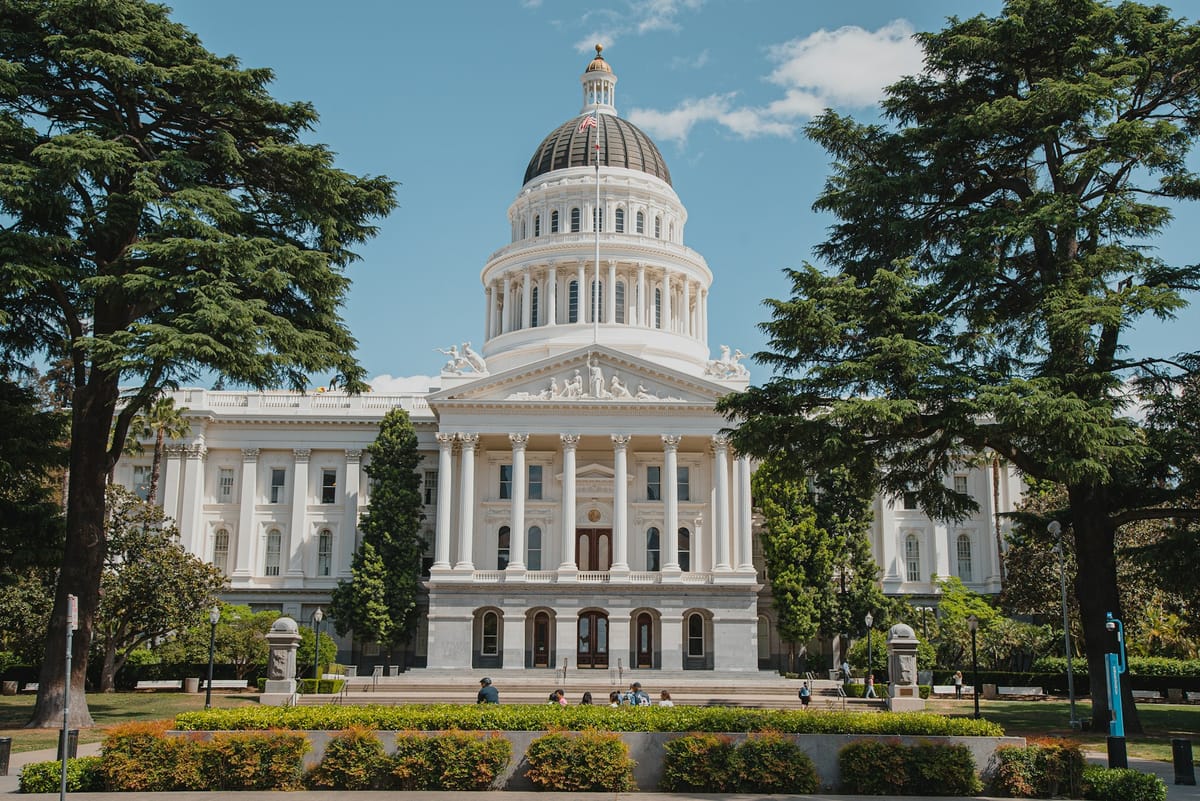California strikes back
Decision to reauthorise Cap-and-Invest Program an inflexion point for carbon markets in North America

“In the face of devastating attacks from Donald Trump, escalating threats from wildfire and national economic turmoil, California is standing strong to grow jobs and our economy, make life more affordable and protect our leading climate policies.” - Mike McGuire, California's Senate Majority Leader
In January I penned an article warning investors that they should be concerned about more than just regulatory delays: the future of California's cap-and-trade program beyond 2030 was in doubt.
"One of the most important, yet hitherto unappreciated risks investors face going into 2025 is that the states cap-and-trade program is currently set to expire in 2030, and it’s future beyond 2030 is far from guaranteed."
Specifically, the risk was that the bar for approval could also be high, if as Danny Cullenward, Policy Director at CarbonPlan, spelt out, “policymakers determine that new statutory authority would be necessary or otherwise useful to resolve potential legal uncertainty — as they did before, with the passage of Assembly Bill 398 in 2017”. If this is the case then “they will need to determine whether such authority requires a simple majority or two-thirds supermajority vote.”
On Wednesday evening Governor Newsom and California's legislative leaders announced that an agreement had been reached reauthorising the Cap-and-Invest Program (previously known as Cap-and-Trade), and so extending its role in helping to decarbonise the state all the way through to 2045 (see What's in a [carbon market] name? Why governments should adopt the 'Cap-and-Invest' nomenclature).
In the final hours of the legislative session on Saturday the state Senate passed AB 1207 (29-6, 5 abstentions), before the state Assembly also voted in favour (55-10, 15 abstentions). AB 1207 (along with a separate bill, SB 840, that spells out how auction revenues will be spent) will now advance to Governor Newsom, who now has until 12th October to sign or veto the bill.
Futures prices had already rebounded from the $26 floor price in recent weeks as traders anticipated the bill being signed, surging above $30 following the announcement on Wednesday evening. Further upside to the California Carbon Allowance (CCA) price is now expected as the final hurdles to reauthorisation have been overcome.





